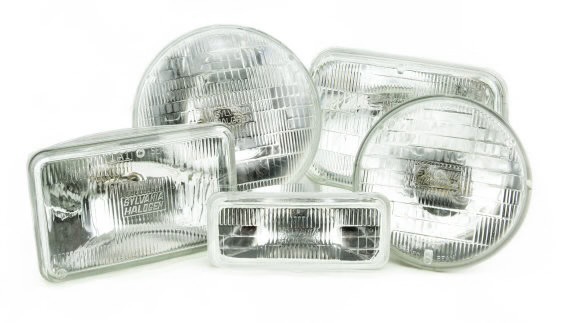- cross-posted to:
- [email protected]
- cross-posted to:
- [email protected]
Despite US dominance in so many different areas of technology, we’re sadly somewhat of a backwater when it comes to car headlamps. It’s been this way for many decades, a result of restrictive federal vehicle regulations that get updated rarely. The latest lights to try to work their way through red tape and onto the road are active-matrix LED lamps, which can shape their beams to avoid blinding oncoming drivers.
From the 1960s, Federal Motor Vehicle Safety Standards allowed for only sealed high- and low-beam headlamps, and as a result, automakers like Mercedes-Benz would sell cars with less capable lighting in North America than it offered to European customers.
A decade ago, this was still the case. In 2014, Audi tried unsuccessfully to bring its new laser high-beam technology to US roads. Developed in the racing crucible that is the 24 Hours of Le Mans, the laser lights illuminate much farther down the road than the high beams of the time, but in this case, the lighting tech had to satisfy both the National Highway Traffic Safety Administration and the Food and Drug Administration, which has regulatory oversight for any laser products.
The good news is that by 2019, laser high beams were finally an available option on US roads, albeit once the power got turned down to reduce their range.
NHTSA’s opposition to advanced lighting tech is not entirely misplaced. Obviously, being able to see far down the road at night is a good thing for a driver. On the other hand, being dazzled or blinded by the bright headlights of an approaching driver is categorically not a good thing. Nor is losing your night vision to the glare of a car (it’s always a pickup) behind you with too-bright lights that fill your mirrors.
This is where active-matrix LED high beams come in, which use clusters of controllable LED pixels. Think of it like a more advanced version of the “auto high beam” function found on many newer cars, which uses a car’s forward-looking sensors to know when to dim the lights and when to leave the high beams on.
Here, sensor data is used much more granularly. Instead of turning off the entire high beam, the car only turns off individual pixels, so the roadway is still illuminated, but a car a few hundred feet up the road won’t be.
Rather than design entirely new headlight clusters for the US, most OEMs’ solution was to offer the hardware here but disable the beam-shaping function—easy to do when it’s just software. But in 2022, NHTSA relented—nine years after Toyota first asked the regulator to reconsider its stance.
Can anyone explain this part to me, like I’m five?
From the 1960s, Federal Motor Vehicle Safety Standards allowed for only sealed high- and low-beam headlamps, and as a result, automakers like Mercedes-Benz would sell cars with less capable lighting in North America than it offered to European customers.
Meaning it legally must be a sealed unit with only 2 states, high and low. In Europe and/or other places there may be multiple angle states and/or strip headlights or other stuff based on their specific regulations. The result is that the efficacy of US headlight systems have a hard upper bound for how effective they can be, based on what was practical to do in the 60s.
Sealed beam headlights are the whole thing, lens, reflector, bulb all in one assembly. You don’t replace the bulb with these, you replace the entire light. Think old cars/trucks when everything had standardized round glass headlights. Not unique designs per model.
Because Mercedes Benz couldn’t use their fancy euro headlights for cars in the US, they had to use the standardized sealed beam lights, which were not as powerful.




